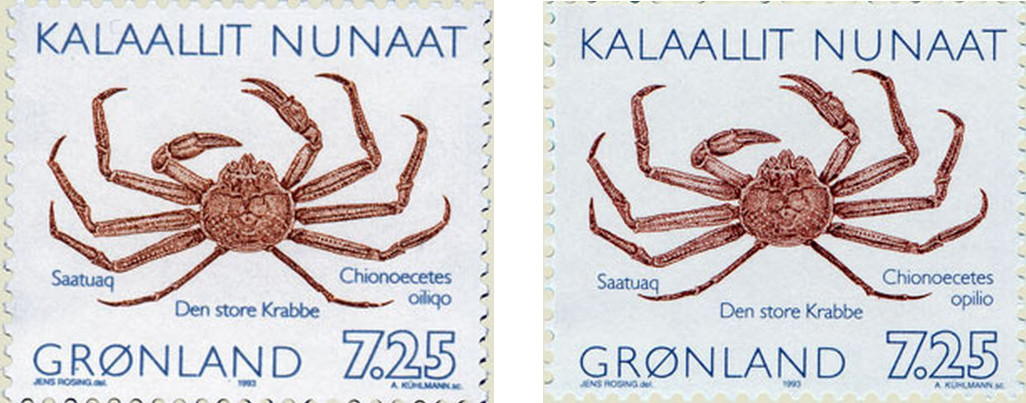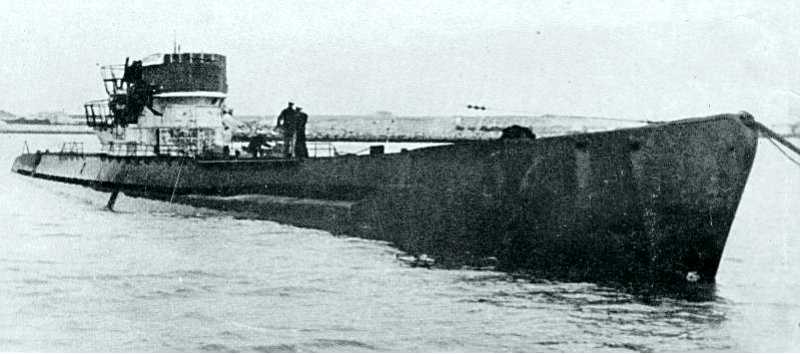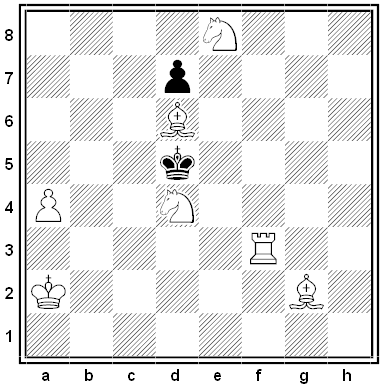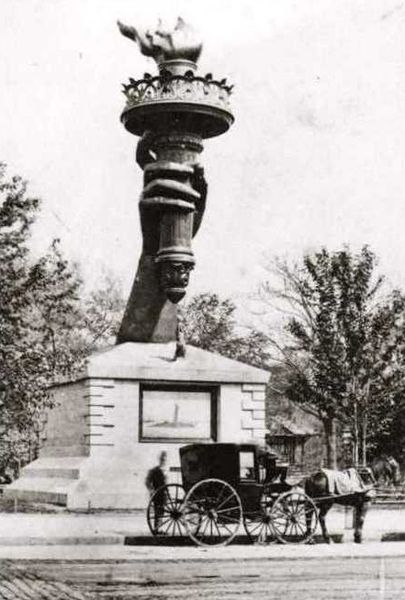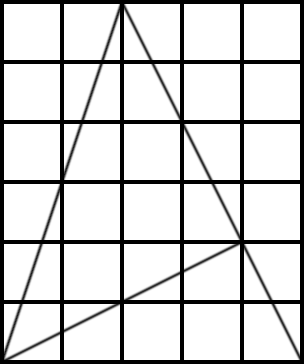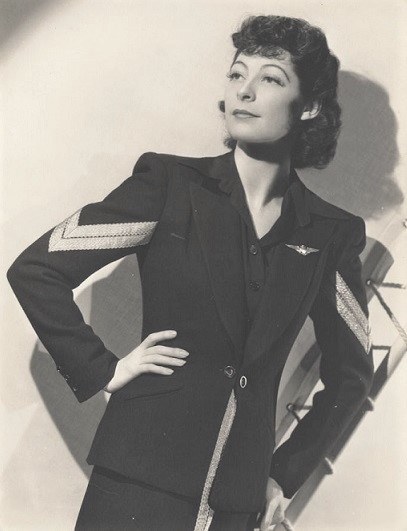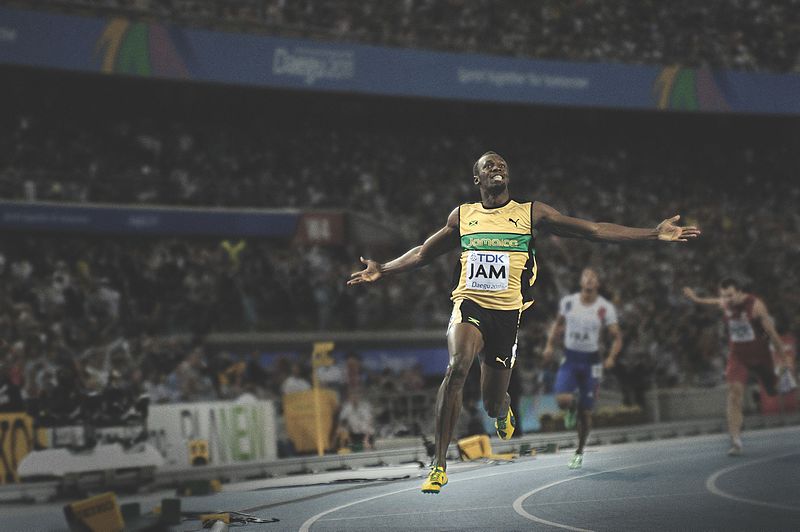
Usain Bolt is such a great sprinter that his distinctions may extend to other worlds.
In 2013, University of Leicester physics undergraduate Hannah Lerman and her colleagues determined that the Jamaican athlete was one of the few humans who could get aloft on Saturn’s moon Titan with wings strapped to his arms.
Factoring in Titan’s gravity and atmospheric density, Lerman found that a person could take flight in a normal-sized wingsuit only if they could run at 11 meters per second.
“This speed has been reached but only by the fastest human runners, for example, Usain Bolt, who ran almost 12 m/s,” Lerman wrote. “For an average human to take off with the standard wingsuit they would require some sort of propulsion device to give them enough speed to take off.”
(H. Lerman, B. Irwin, and P. Hicks, “P5_1 You Can Fly,” Journal of Physics Special Topics, University of Leicester, Oct. 22, 2013.)

